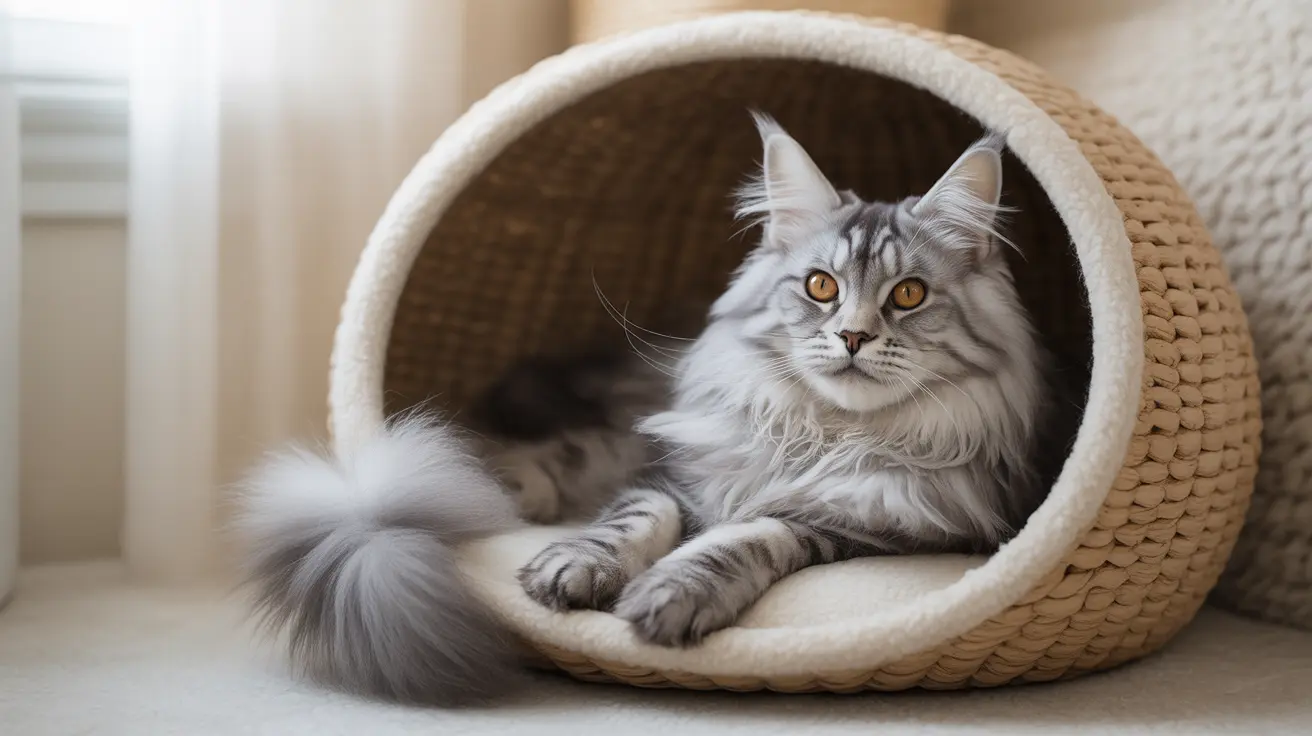Hard vs. Soft Cat Carriers: Which Is Best for Your Feline Friend?
When selecting a cat carrier, pet owners often wonder whether hard or soft carriers are better suited to their cat's needs. According to feline care experts like Dr. Amber Carter, a board-certified feline veterinarian, the key to choosing the best carrier lies in understanding your cat’s temperament and the practical requirements of travel or vet visits.
Why Hard Carriers Are Preferred
Hard-sided carriers with removable tops are highly recommended for most cats. These carriers offer the following benefits:
- Safety and Protection: Hard shells protect cats during transport by shielding them from impacts and crowds.
- Ease of Cleaning: Accidents are easier to clean from hard plastic than fabric-lined interiors.
- Secure and Stable: These carriers are sturdier and less likely to collapse, which is essential when handling anxious or aggressive cats.
- Veterinary Access: Carriers with removable or split tops allow vets to examine cats without removing them, reducing stress.
Recommended hard carriers include the Amazon Basics 2-Door Top Load, Midwest Homes carrier, and Van Ness Calm Carrier, which slides open from the back for easier access. The Catit Cabrio offers extra features like feeding dishes and seatbelt compatibility for road travel.
Soft Carriers: Advantages and Limitations
Soft carriers are popular among pet owners for their style and portability, but they are not always the best fit for every cat. Pros and cons include:
- Pros:
- Lightweight and easy to carry
- Stylish with breathable mesh panels
- Comfortable fleece bedding options
- Cons:
- May collapse under stress or pressure
- Less secure and harder to clean
- Not ideal for cats prone to fear or aggression
Still, some soft carriers are designed to meet higher standards. The Sleepypod Atom has a fully unzippered top, and the Sleepypod Mobile Pet Bed features a cozy, secure space that doubles as a bed. These options help maintain a sense of routine and comfort during travel.
Backpack and Hybrid Carriers
Backpack carriers and hybrid models combine portability with unique functionality but come with caveats:
- Insufficient space or privacy for cats to feel safe
- Limited ventilation in some designs
- Useful for outdoor use but not ideal for stressed cats
Popular choices include the Petsfit Pet Backpack Carrier and Lollimeow Pet Rolling Carrier, which offer multiple carrying modes, padded straps, and privacy shading.
What the Experts and Organizations Recommend
The American Association of Feline Practitioners and Cats Protection align with Dr. Carter in recommending hard-sided carriers made from plastic or metal. Key features endorsed by these organizations include:
- Ample interior space for cats to stand, lie, and turn around
- Openings from top and front for easy entry and accessible exams
- Good ventilation
- Durable structure to resist escape during stressful events
Dr. Carter also emphasizes individual needs; some cats might adjust better to soft-sided or specialized carriers. She advocates carrier training before vet visits and using multiple carriers for multi-cat households.
Best Carrier Picks for Different Needs
- All-around top choice: Sleepypod Air In-Cabin Pet Carrier – compressible, crash-tested, airline-compatible.
- Affordable option: Frisco Collapsible Cat Carrier Bag – budget-friendly but not airline-approved.
- Expandable design: Petsfit Expandable Travel Carrier – offers extra room with side compartments.
- Travel by air: Sherpa Travel Original Deluxe – approved for onboard use, not crash-tested.
- Large cats: SturdiBag XL and Petseek Large Cat Carrier – offer privacy and space.
- Car seat integration: Tavo Pets Maeve Car Seat – padded, secure, though heavy.
Final Tips for Cat Carriers
- Train your cat to use the carrier early and regularly.
- Consult your vet for behavioral or medical support.
- Keep identification and microchips updated before travel.
- Consider your cat’s size and behavior when choosing carrier type.
For nervous or travel-averse cats, a hard-sided carrier with a removable top is often the safest and most comfortable option. While soft carriers can work for calm cats or short outings, hard carriers provide the structure, security, and cleanliness needed for stress-free transport.





